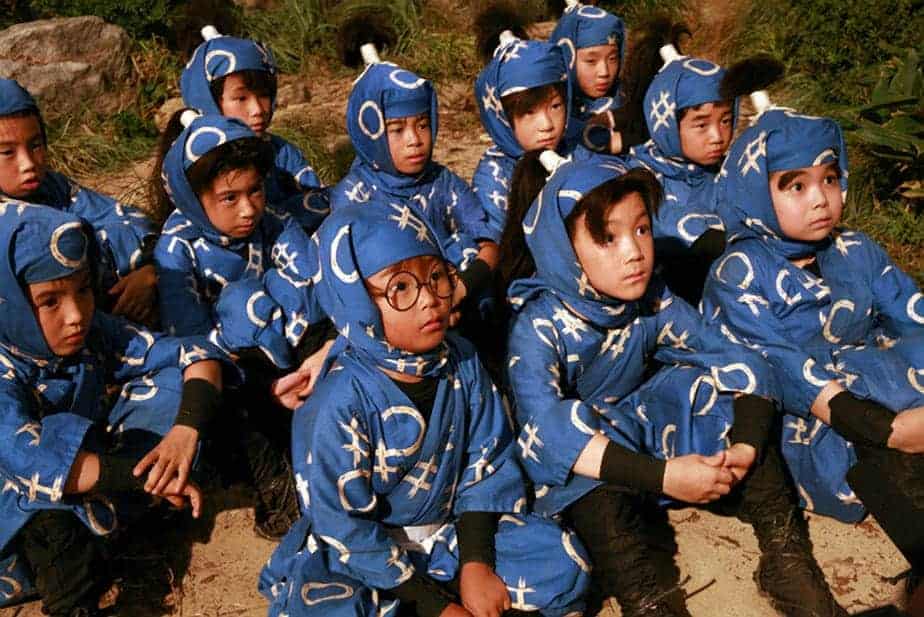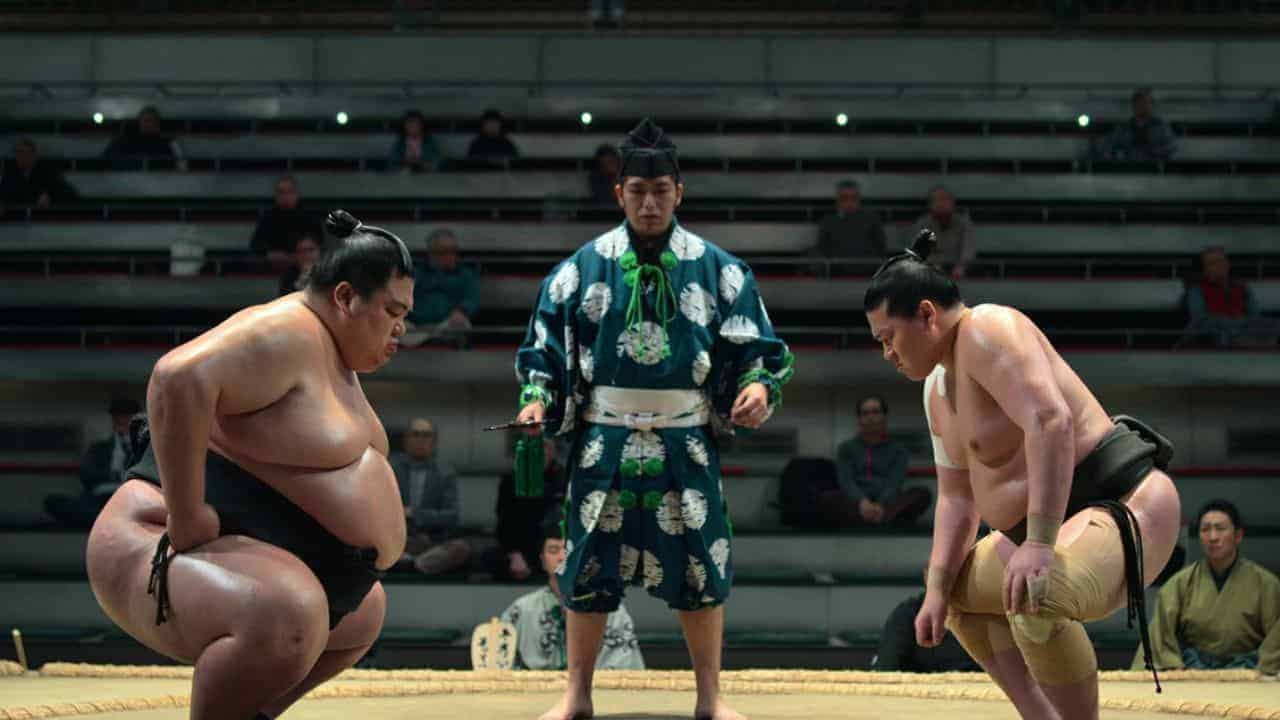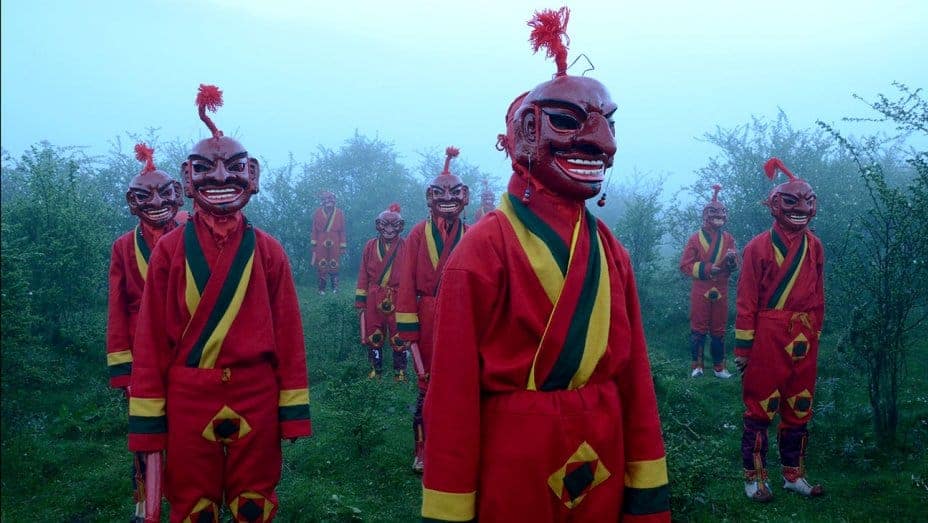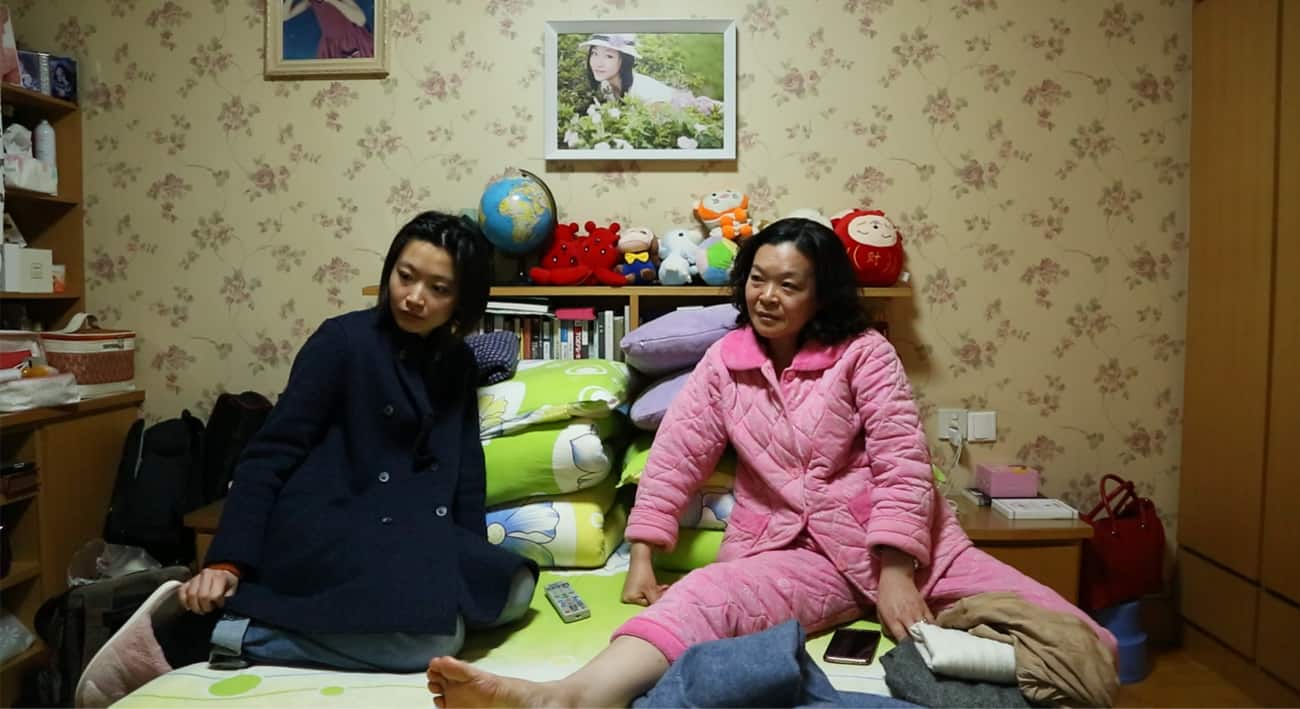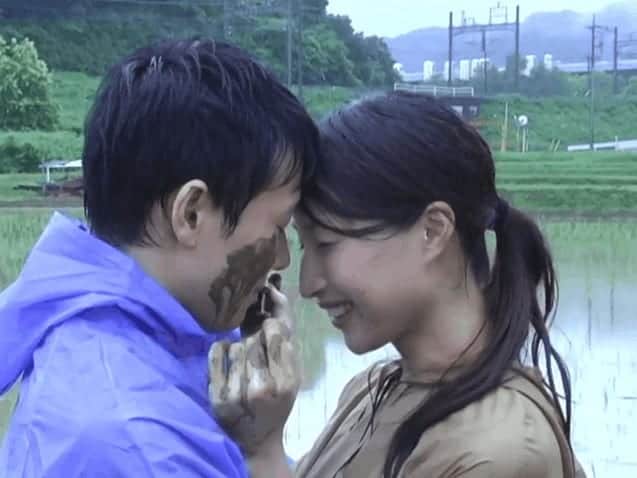If there is one thing no one can accuse Miike of, that would be for lack of diversity. In our project regarding his filmography, we have dealt with movies almost of any kind, from indie dramas to violent crime movies and almost anything between. Thus, it was inevitable for him not to deal with a kids' movie, particularly since his filmography turned almost exclusively towards manga/anime adaptations. “Ninja Kids”, which is based on the anime series “Nintama Rintaro”, in its turn based on the manga “Rakudai Ninja Rantaro”, serves exactly this purpose, although with a distinct Miike flavor.
Buy This Title
The film takes place in the Muromachi period in the 16th century, and the protagonist of the story is a bespectacled kid named Rantaro, whose low-class ninja parents send him to the 6-year ninja school, as the movie begins. In theory, the Ninja Academy is a proper college, with different classes based on the year of entry, a dean named Okawa, and a man in charge of the curriculum and everyday operations named Denzo Yamada. However, it is soon revealed that the latter is the one actually running the school, since the elderly Okawa, despite his incredible ninja abilities is almost senile and has a tendency to step on dog's feces, while a number of strange-looking individuals roam the school unbothered. Rantaro soon becomes friends with Shinbe, the son of a wealthy merchant and Kirimaru, who lost his father in the war and has to take care of his baby brother. The first part of the film deals with their “adventures” in the academy, in a style that reminded me of Naruto, although in parodying terms. The second part takes a completely different turn, as we are introduced to Yukitaka Saito, a former ninja who now runs a hairstyle salon, and his son Takamura, a 4th grader in the academy. The two of them were once members of the Usetake ninjas, but their former organization is now set on killing them. After the “meddling” of Rantaro and his classmates, the two factions (the Academy and the Usetake) decide that the feud will be solved with a race that will be won by the first one who will ring a bell on top of a mountain. The twist? The Academy will be represented by its students while the Usetake by full-fledged ninjas.
After a Hollywood-like intro, particularly through the combination of image and orchestral music, Miike's effort to present the story and particularly the characters as closely to the original, takes over. In that fashion, the film is filled with absurdity, slapstick but also disgusting humor (snot running, shit stepping, farting) and most of all crudity, which seems to be addressed almost specifically at children (particularly because it lacks any kind of layer or intricacy). The characters follow on the same footsteps, headed by Okawa, Yamada, Shina (a woman of non-discernible age that appears either as a very old lady or as a very beautiful young woman) the ninja-turned hairdresser, Yukitaka, and all the villains, who look hilariously ridiculous, again in slapstick fashion.
The combination of all the above, along with the occasionally quite impressive action, seems like something only Miike could pull off in a way that actually works, and this is exactly what he did, to a point at least. I do not presume to know the tastes of Japanese children, and the amount of crudity actually made me question how much of it was exclusively addressed to them, but the fact that the film opened as the fourth-highest-grossing film on its first week in Japan, tells a lot regarding the question of whether Miike succeeded, despite the fact that a part of this should be attributed to the popularity of the original.
On the other hand, the maximalist visual style of his second phase of filmmaking (the one with the many adaptations) seems to have found a great outlet here, with the film being filled with intense colors, which suit its absurd aesthetics fully. Cinematographer Nobuyasu Kita does a great job in presenting the plethora of different locations (some of the background is courtesy of the SFX team, but still), while once more, the set designer must have had the most difficult job, having to arrange all these different settings. Kenji Yamashita's editing induces the film with an uncanny speed, in anime-like fashion, which, again, suits the narrative.

In this setting, the acting definitely plays a secondary role, but the combination of children actors and particularly Seishiro Kato as Rantaro, who is truly adorable, with unrecognizable veterans the likes of Susumu Terajima, Akira Emoto, Renji Ishibashi and Naoto Takenaka, works quite well for the film.
“Ninja Kids” left me with mixed feelings, since I did not feel it is a film exclusively addressed to children, particularly due to its crudity, but I definitely cannot say that it is addressed to adults also. Who knows, maybe teenagers? Still, if one enjoys crudity, slapstick and parody of ninjas, there is really a lot to like here. Just don't search for any kind of maturity.


